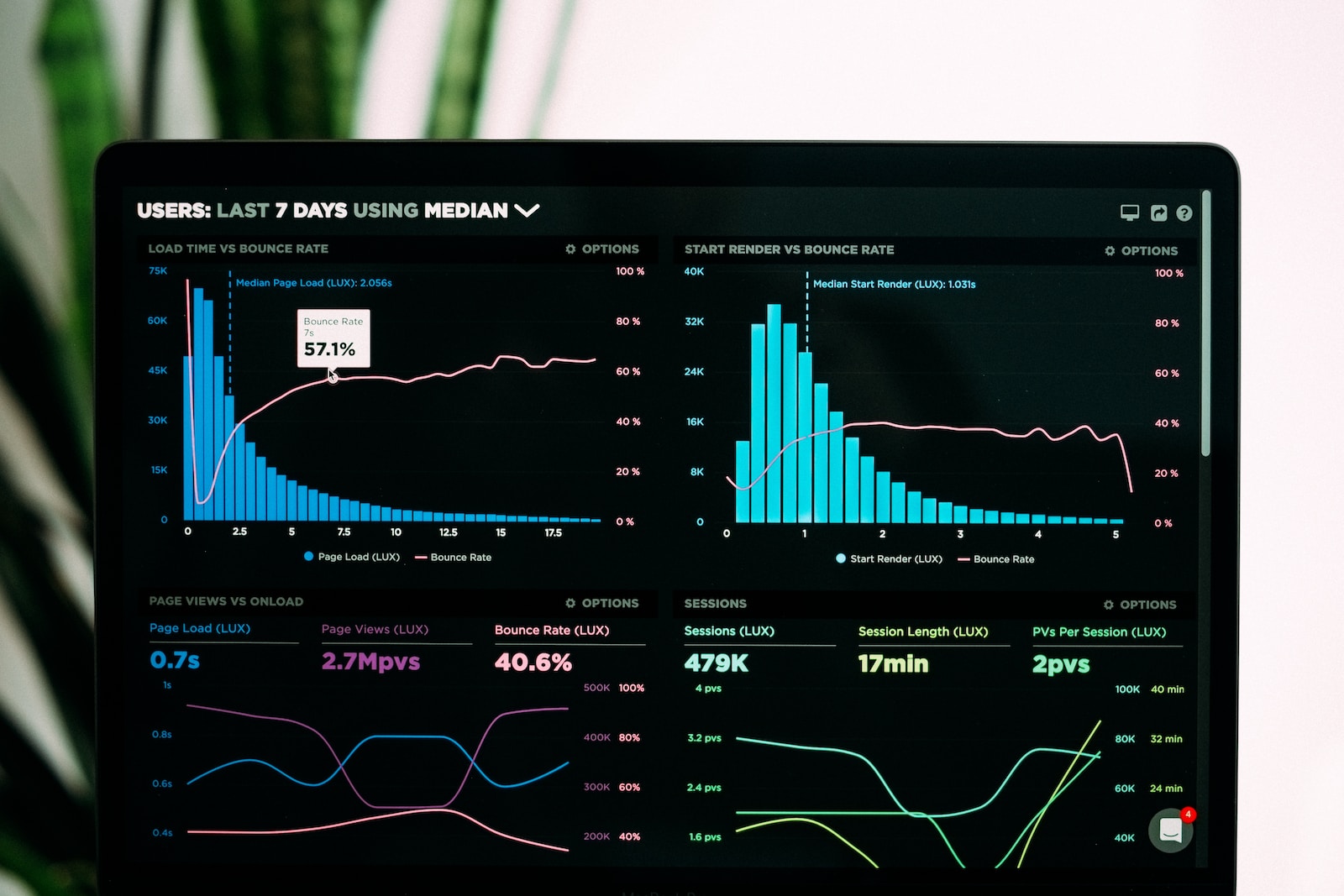Cost management is critical for long-term success. Every business owner understands the value of budgeting and cost control. Unexpected costs can be incurred by businesses through their point-of-sale (POS) and payment processing systems. In this article, we will look at various strategies for avoiding unnecessary costs for your business, with a focus on selecting the best POS and payment processing solutions with low rates.
Understanding the Costs Associated with POS and Payment Processing
To effectively reduce additional costs, it is necessary to first understand the various expenses associated with POS and payment processing. Here are some key cost components:
Transaction Fees: These are the fees for each credit or debit card transaction. They can differ depending on the type of card and the processing service provider.
Monthly Fees: Many POS systems have monthly subscription fees that can quickly add up.
Hardware Costs: This includes the purchase of POS equipment such as terminals, tablets, and card readers at the outset.
Integration and Setup Costs: To make their POS systems work seamlessly with their existing operations, some businesses may need to invest in software development or integration.
Chargeback Fees: Businesses may incur chargeback fees in the event of a dispute or fraudulent transaction.
PCI Compliance Fees: Compliance with Payment Card Industry Data Security Standard (PCI DSS) requirements may incur additional costs.
Software Updates and Maintenance: Regular updates and maintenance of your POS software may be costly.
Now that we have a clear understanding of the potential expenses, let us look at ways to cut these costs.
Strategies for Minimizing Extra Costs
Compare Providers: The first step toward avoiding unnecessary costs is to shop around and compare various POS and payment processing providers. Consider not only the initial costs, but also any transaction fees and any hidden charges. Make a list of potential providers and carefully examine their fee structures.
Negotiate Fees: Do not be afraid to bargain with your chosen service provider. Many payment processors are willing to collaborate with you to provide competitive rates, particularly if you have a compelling business case.
Understand Your Business Needs: Select POS terminals and payment processing systems that are tailored to your company’s specific requirements. Don’t spend money on features or services you will not use.
Consider Flat-Rate Pricing: Some payment processors offer flat-rate pricing, which simplifies cost management as you pay a fixed percentage or fee per transaction. This can be useful if you process a large number of transactions.
Evaluate Subscription Plans: Rather than paying per transaction, some providers offer subscription-based plans, which may be more cost-effective if your transaction volume is predictable.
Hardware Considerations: Consider whether you need to buy new hardware or if your existing equipment can be modified to work with your POS system. This can significantly reduce upfront costs.
Open-Source Software: Open-source POS software solutions are frequently free and can be customized to meet your specific requirements. While this may necessitate some technical knowledge, it can be a cost-effective option.
Optimize Payment Processing: Select the appropriate payment processing method. When compared to ACH transfers or other payment methods, credit card transactions frequently have higher fees.
Embrace Mobile Wallets: Mobile wallets such as Apple Pay and Google Wallet can be more cost-effective than traditional card payments. By providing incentives, you can encourage customers to use these options.
Stay PCI Compliant: Avoid expensive fines by ensuring that your company is PCI compliant. Invest in the necessary security measures to protect sensitive customer data.
Choosing the Right POS and Payment Processing System
Now that we have looked at ways to cut extra costs, let us look at how to choose the best POS and payment processing system with low rates:
Research Extensively: Before making a decision, thoroughly investigate the available POS and payment processing options. To get a hands-on feel for how each system works, read reviews, ask for recommendations, and attend demos.
Scalability: Ascertain that the system you select can scale with your company. Look for a solution that can handle an increase in transaction volume without incurring significant cost increases.
User-Friendly Interface: A user-friendly POS system can assist in lowering training costs and errors. An easy-to-use interface is critical for day-to-day operations.
Cloud-Based Systems: Cloud-based POS systems frequently have lower upfront costs and provide the flexibility of accessing your data from anywhere, making them a cost-effective option for many businesses.
Multi-Channel Integration: Consider a system that seamlessly integrates your e-commerce and in-store sales if your company operates both online and offline.
Reporting and Analytics: Select a system that offers comprehensive reporting and analytics. This information can help you make more informed business decisions, potentially saving you money in the long run.
Customer Support: Select a company that offers excellent customer service. Quick problem resolution can aid in avoiding disruptions that may result in financial losses.
Transparent Fee Structure: Look for a payment processing provider with a clear fee structure and no hidden charges. Understanding your costs from the beginning is critical for effective cost control.
Data Security: Make data security a top priority. Choose a system that meets the most recent security standards to reduce the risk of data breaches and the associated costs.
Trial Period: Before making a commitment, inquire about a trial period to ensure that the system meets your needs and fits within your budget.
Extra cost reduction for your company is an ongoing process. Choosing the best POS and payment processing system with low rates is a critical step toward achieving this goal. You can keep extra expenses at bay while ensuring the efficiency and profitability of your business by understanding the cost components, implementing smart strategies, and making informed choices.
Keeping a close eye on costs and embracing cost-effective technology solutions can make a significant difference in your bottom line. You can steer your business toward financial success and sustainability by implementing the strategies outlined in this guide and selecting the right POS and payment processing system.







